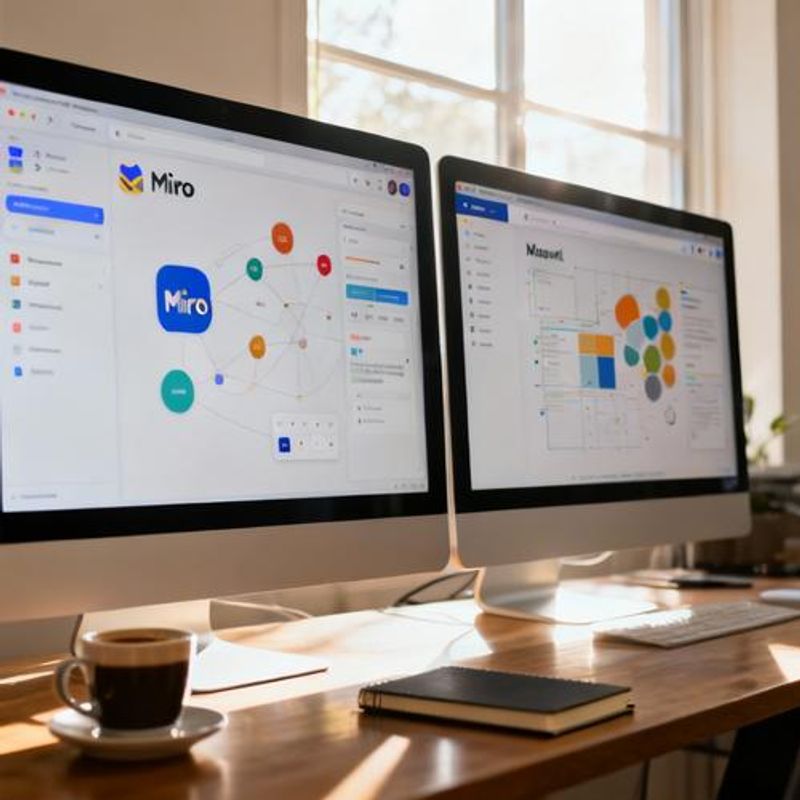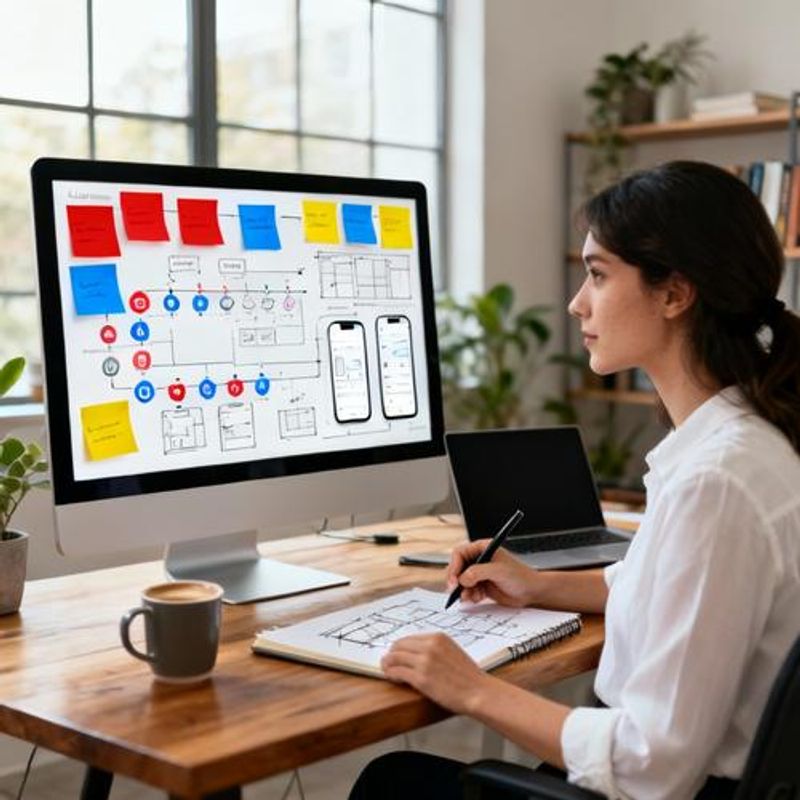Miro vs Mural Comparison: Which Digital Whiteboard Tool Works Best for Design Teams in 2024

Choosing between Miro and Mural can make or break your design team's workflow efficiency. As a mid-level designer, you've likely experienced the frustration of clunky collaboration tools that slow down ideation sessions and complicate stakeholder feedback. This comprehensive comparison breaks down the real-world performance, pricing, and feature differences between these two leading digital whiteboard platforms, helping you make a decision that will impact your daily productivity and project outcomes.

Why This Comparison Matters for Design Teams
Design teams waste an average of 2-3 hours per week on tool-related friction – switching between platforms, waiting for boards to load, or struggling with limited collaboration features. Both Miro and Mural promise to solve these problems, but they take different approaches. Miro focuses on broad versatility and extensive integrations, while Mural emphasizes structured facilitation and guided workshops. For mid-level designers managing multiple projects and stakeholders, understanding these differences is crucial for maintaining momentum in fast-paced environments.
Quick Decision Framework: Miro vs Mural at a Glance
Choose Miro if you need maximum flexibility, extensive third-party integrations, and plan to use the platform across different team functions. Choose Mural if your primary focus is running structured design workshops, facilitating client sessions, and you value guided templates over open-ended creativity.
- Miro excels in: Integration ecosystem, template variety, real-time collaboration scale
- Mural excels in: Facilitation tools, workshop structure, guided methodologies
- Both offer: Infinite canvas, sticky notes, drawing tools, basic video conferencing integration

Feature-by-Feature Analysis for Design Workflows
Template Library & Customization: Miro offers over 300 templates spanning business strategy, agile workflows, and design thinking exercises. Templates are highly customizable but sometimes feel overwhelming. Mural provides approximately 200 templates with stronger focus on facilitated workshops and design sprints. Their templates include built-in timers and step-by-step guidance, making them more structured but less flexible for improvisation.
Collaboration & Real-Time Performance: Both platforms support unlimited collaborators, but performance differs at scale. Miro handles 50+ simultaneous users more smoothly, while Mural occasionally experiences lag with large groups. Mural's 'Private Mode' allows facilitators to control when participants see each other's contributions – invaluable for reducing groupthink in ideation sessions.
Integration Ecosystem: Miro integrates with 100+ tools including Figma, Slack, Jira, and Microsoft Teams. Their API is more robust, allowing custom integrations. Mural offers 50+ integrations with focus on enterprise tools like Zoom, Microsoft 365, and Webex. Integration depth varies – Miro's Figma integration allows direct embedding, while Mural requires export/import workflows.
Pricing Breakdown & ROI Analysis
Miro Pricing: Free tier supports 3 boards with basic features. Business plan at $10/user/month includes unlimited boards, advanced integrations, and admin controls. Enterprise pricing starts around $16/user/month with SSO and advanced security. Mural Pricing: Free tier offers 1 workspace with limited collaborators. Team+ plan at $12/user/month provides unlimited murals and basic integrations. Business plan at $20/user/month adds facilitation features and priority support. For design teams of 5-10 people, expect $600-1200 annual investment for either platform at business tier.

Common Implementation Pitfalls & How to Avoid Them
Platform Migration Mistakes: Don't attempt to migrate all existing processes immediately. Start with one project type and gradually expand. Many teams try to replicate physical whiteboard sessions exactly – instead, leverage digital-specific features like infinite canvas and simultaneous editing. Collaboration Overload: Both platforms can become chaotic without clear facilitation guidelines. Establish board ownership, naming conventions, and archive policies upfront. Security Oversights: Review admin settings carefully – default sharing permissions may be too open for client work. Always test screen sharing and recording policies before important stakeholder sessions.
Making Your Decision: Next Steps
Start with free trials of both platforms using a real current project – not artificial test scenarios. Focus on one specific workflow (like user journey mapping or design critiques) and run identical sessions in both tools. Pay attention to participant feedback and your own facilitation comfort level. Most teams find their preference within 2-3 sessions. Consider pilot programs with smaller project teams before organization-wide rollouts. Document your decision criteria and evaluation results to build internal buy-in and inform future tool evaluations.